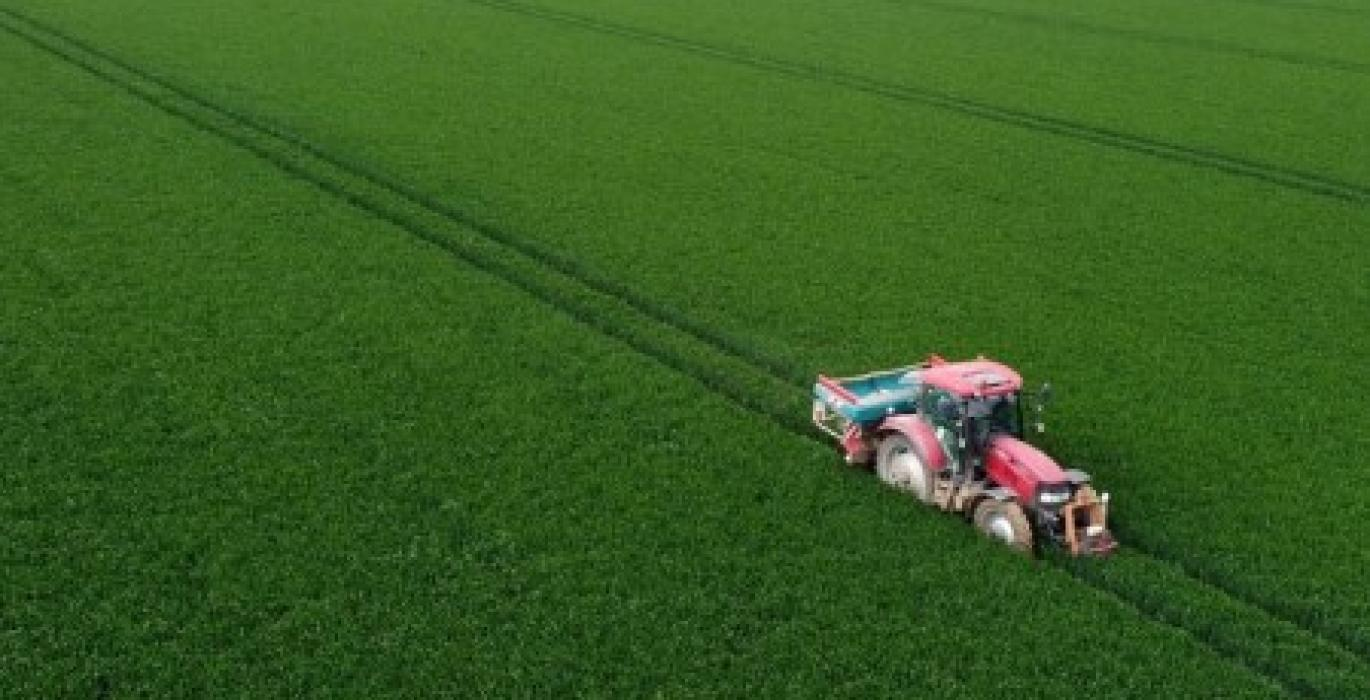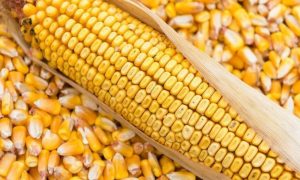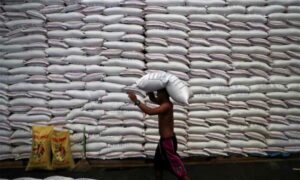From El Nino to La Nina: Weather whiplash threatens global food security

Weather forecasters warn of a potential shift to La Nina, with a 49% chance between June-August and 69% by July-September, impacting global agricultural production. Last year’s El Nino led to varied crop outcomes, highlighting the significance of cyclical weather patterns. Rapid transition to La Nina could devastate crops in Latin America, emphasizing the need for preparedness measures. Australia’s weather bureau signals the end of El Nino, urging readiness for the next climatic phase.
- These weather patterns have the power to spawn wildfires
- It could be posing significant threats to crops such as wheat, soy, and corn
- Transition to La Nina could leave populations and crops in Latin America with little time to recover
With the world reeling under intense heatwave as temperature records shatter, forecasters are warning of a potential transition from the fading El Nino pattern to the equally disruptive La Nina phenomenon by the latter half of 2024.
In its latest monthly forecast, the US National Weather Service’s Climate Prediction Center (CPC) has sounded the alarm, estimating a 49% chance of La Nina conditions developing between June and August, with the likelihood increasing to a staggering 69% in the July-September period.
The cyclical shift between El Nino, La Nina, and neutral phases is a vital factor influencing agricultural production worldwide. These weather patterns have the power to spawn wildfires, tropical cyclones, and prolonged droughts, posing significant threats to crops such as wheat, soy, and corn – the lifeblood of many regional economies.
Last year’s El Nino event had far-reaching consequences, prompting top rice exporter India to restrict exports following a poor monsoon, while Australia’s wheat output took a substantial hit. Conversely, heavier rains in parts of the Americas boosted farm output prospects in Argentina and the southern US Plains.
Experts have warned that a rapid transition to La Nina could leave populations and crops in Latin America with little time to recover, underscoring the need for heightened preparedness. La Nina could affect the production of wheat and corn in the US, and soybean, barley, wheat and corn in Latin America, including Brazil, Argentina and Uruguay.
The weather phenomenon is associated with long-lasting droughts throughout the Americas region, triggering poor crop quality and a drop in average yields, further exacerbating global supply issues.
The intricate weather pattern involving El Nino, La Nina, and a neutral phase typically lasts between two to seven years, showing the cyclical nature of this global challenge. As the world braces for the potential emergence of La Nina, nations must remain vigilant, implementing proactive measures to mitigate the impacts on agricultural production and food security.
With Australia’s weather bureau already declaring the end of the El Nino event last month, the race is on to prepare for the next phase of this intricate climatic dance, one that could have far-reaching consequences for economies and populations worldwide.

















